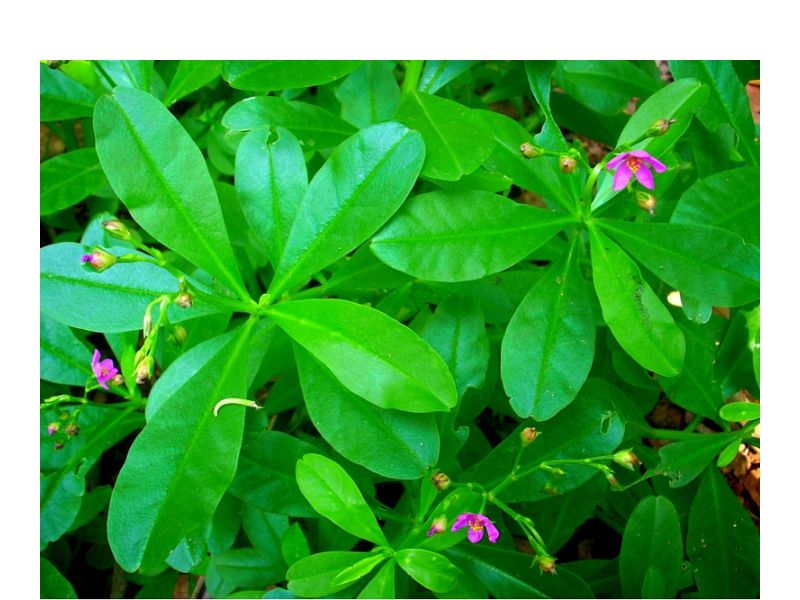Waterleaf is a vegetable that’s known by many names. Its names include Ceylon spinach, Florida spinach, Surinam Purslane, cariru, and more. Even its scientific name is up for debate. Both Talinum fruticosum and Talinum triangulare are used. Regardless of what it’s called, it’s crunchy, tangy, and nutritious.
Waterleaf can grow to 5 feet by some accounts, and has simple pink flowers. It is an excellent source of iron, zinc, and molybdenum.
While waterleaf is native to the Americas and the Caribbean, it has been cultivated in many places across the world.
Health Benefits
Waterleaf is extremely nutritious. However, it is also high in oxalate. Oxalate is a natural chemical found in foods like spinach, rhubarb, beets, sweet potatoes, and waterleaf. For those with kidney disorders, oxalate may contribute to kidney stones.
Up to 50 percent of the soluble (dissolves in water) oxalate can be removed through blanching or cooking. Cooking can also remove lectins from waterleaf. Lectins are generally harmless, but they can interfere with the body’s ability to absorb micronutrients like calcium, iron, and zinc.
Some of the health benefits of waterleaf include:
Bone Health
Waterleaf is an excellent source of calcium and phosphorus, both of which are essential for healthy bones. In fact, some research has shown that taking calcium without phosphorus does very little for bone strength. The two elements appear to work together. They are especially good for helping women over 60 who are already suffering from osteoporosis.
Eye Health
Maintaining sufficient levels of vitamin A is essential for healthy eyes. Research indicates that vitamin A can slow the progression of retinal disease, reduce the risk of cataracts, and improve low-light vision. Waterleaf is a good source of vitamin A.
Source: www.webmd.com









